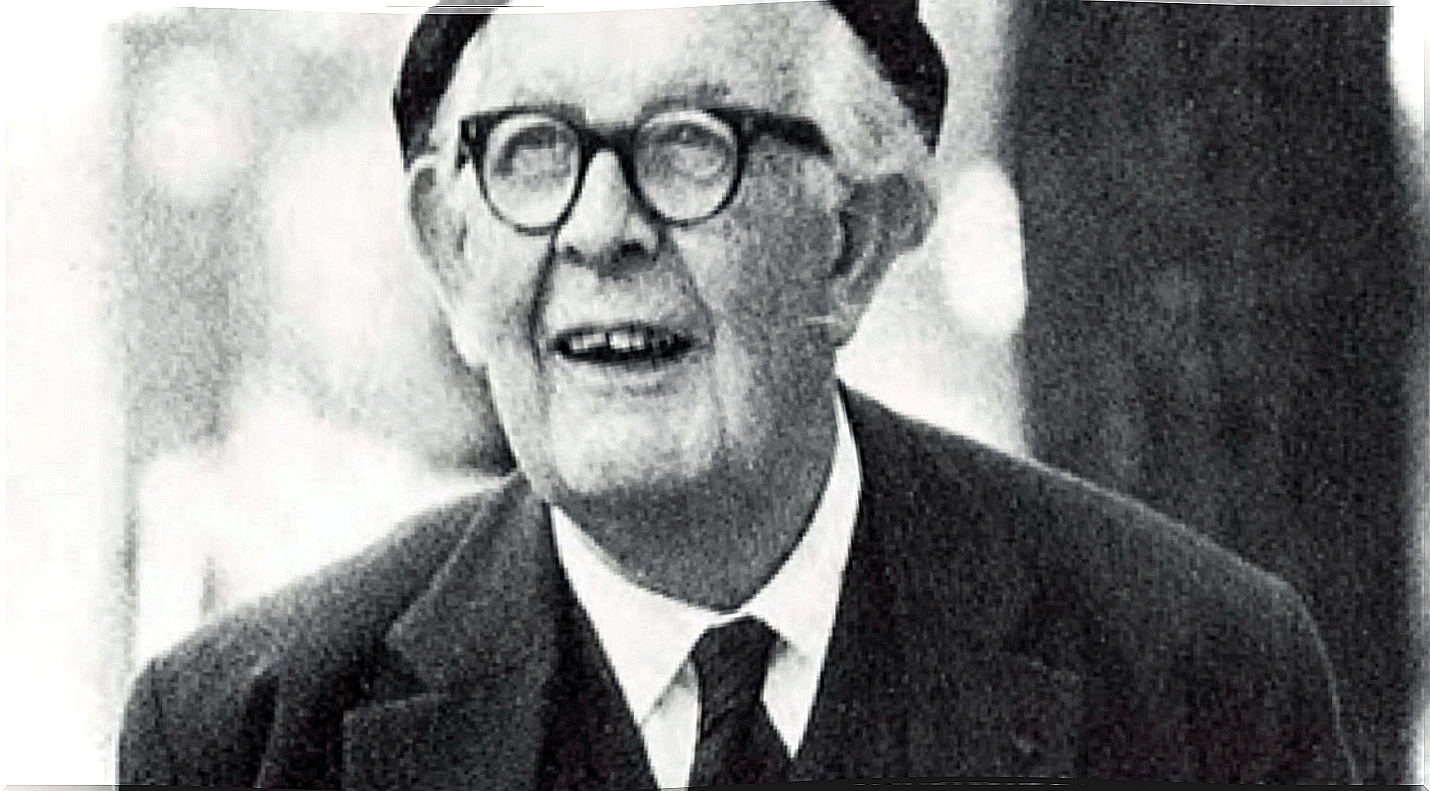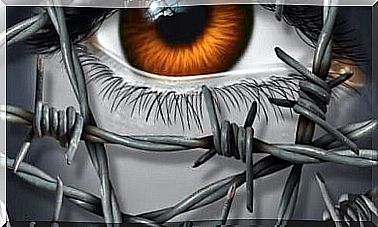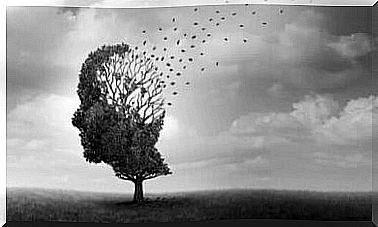What Is Symbolic Thinking?

What is symbolic thinking? Do you know what it consists of exactly? How does it manifest? Symbolic thinking allows us to talk about what happened in the past, as well as to hypothesize about what might happen in the future. That is, it allows us to leave the current situation to evoke another reality, past or future.
Thus, this type of thinking allows us to go beyond what the senses are capturing in the present moment, through memories, elaboration of hypotheses, etc. In this article, we will get to know in more detail the characteristics of this type of thinking and how it manifests itself.
What is symbolic thinking?
We could define symbolic thinking as the ability to think about the present situation. In other words, it is a type of thinking that allows the reality of the environment to be represented in the mind, according to the lived experience.
Swiss psychologist Jean Piaget (1896-1980) provided many insights into symbolic thinking when he began to define and explain the different stages of cognitive development that a child goes through. According to him, symbolic thinking “ implies that the child is able to use signifiers to refer to meanings ”.

Piaget’s preoperative thinking
Following Piaget’s scheme, symbolic thinking would be part of preoperative thinking, a broader concept that would go through three stages during its development: 1) symbolic thinking, 2) egocentrism (the child is not able to disconnect from their own point of view) and 3) pre-conceptual pre-logical thinking.
As we can see, Piaget’s symbolic thinking is within the preoperative subperiod, which goes from two to six years.
Manifestations of symbolic thinking
According to Piaget, during the phase of formation and consolidation of symbolic thinking, there are a series of manifestations in the child’s development that make this process possible. Are the following:
- Imitation.
- Symbolic joke.
- Verbal evocation of events not present.
- Graphics.
- Mental images.
In other words, through all these manifestations, symbolic thinking would become latent and gradually consolidate.
How does symbolic thinking express itself in human beings?
How is symbolic thinking expressed? We’ve seen some examples in the early stages of life, according to Piaget (ages two to six), but now let’s look at them a little deeper. Some of the most important manifestations of this kind of thinking (but not all) are as follows.
The language
Language is one of the manifestations of symbolic thinking; thus, it is based on symbolization. What does that mean? That the verbal keys with which we describe reality are not what they indicate, but rather their translation in abstract terms.
That is, we use language to represent reality through symbols, which in this case would be words. The same is true with symbolic thinking; we are representing something from the outside in the mind, but this process goes through a previous filter, which is that of the mind itself.
On the other hand, when we read, for example, symbolic thinking is activated, and this is what allows us to imagine the scenarios and characters we know through reading. Again, it is a way to evoke external reality in the mind, through our imagination.
Furthermore, the entire universe embodied in novels or texts of any kind was previously created in one’s mind. That’s what the kind of thinking we’re referring to in this article is all about.
the symbolic game
As we saw earlier, another manifestation is symbolic play. The latter acquires special relevance in the early stages of life, that is, in childhood, when the child’s development is in full expansion. Thus, symbolic play is very important for development, especially for the first social relationships and for the acquisition of society’s customs.
Through symbolic play, largely based on symbolic thinking, children represent jobs, characters, uses of objects, roles… through play itself and through different toys or objects. Also, properties are assigned to inanimate objects (for example, pretending a banana is a phone).
Symbolic play arises because the child already has certain cognitive resources, such as abstraction, analogy (equating two objects by having shared characteristics) or symbolic thinking itself.
According to Piaget, symbolic play appears around the age of two, which is when the child has a notion of the permanent object (that is, he understands that the fact that an object leaves his visual field does not mean that it has disappeared). Beyond these ages, the reality is that we never stop playing (in our entire life!). And playing almost always involves learning.

drawing and painting
In the drawing, children and adults graphically represent a reality (or multiples). Furthermore, this reality is often not in front of us at the time of drawing. That is, we capture what we want to evoke through symbols (the drawing itself) thanks to symbolic thinking; this ability to use signifiers to refer to meanings.
So, in a way, both drawing and painting allow us to represent something from the outside, but also the ideas that we have in our minds. That’s what symbolization is about.
At the level of culture and society, in drawings we find a large part of our memory and the memory of our ancestors (rock paintings, hieroglyphics…). In other words, in these manifestations we find a large part of the history that brought us here.
Furthermore, it is known that the colorful designs allowed many societies to transmit their identity stamp, register the distinctive characteristics they possessed and expand their legacy beyond physical survival. A clear example of this can be found in the flags or in their drawings and illustrations.







